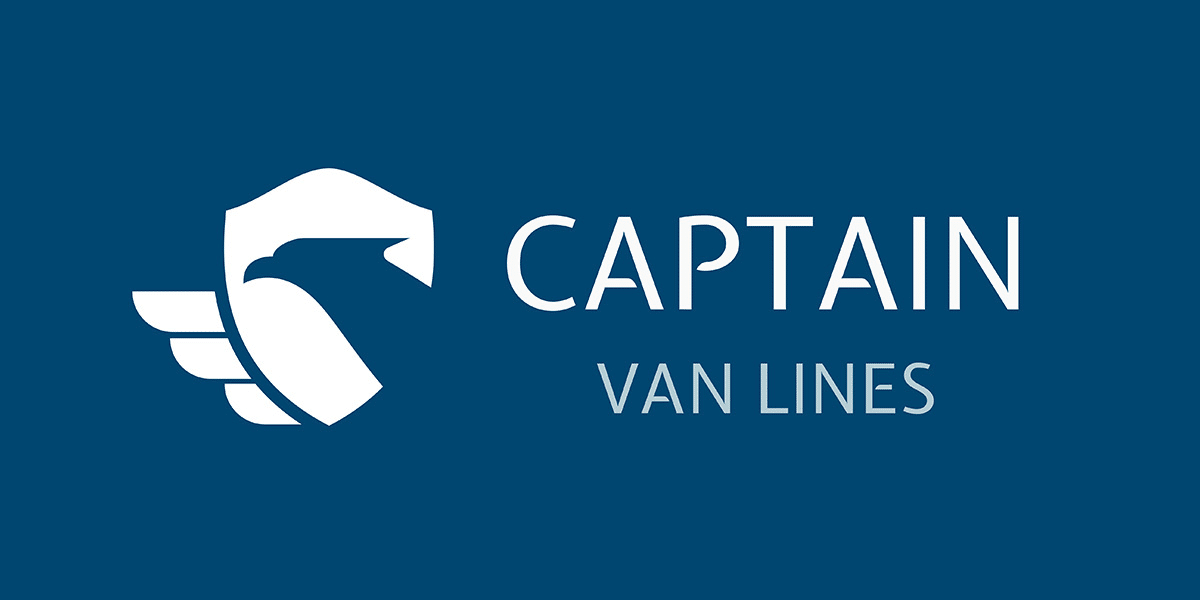ExperityCPA: Your One-Stop Solution for Streamlining Your Back-Office Operations
Running a business can be tough, especially when you’re juggling the many moving parts of your back-office operations. From accounting and taxes to compliance and payroll, it’s easy to get overwhelmed. This is where ExperityCPA comes in, with a seamless and customized solution that ensures your back-office runs smoothly, giving you the freedom to focus on what matters most – growing your business.
The seasoned professionals at ExperityCPA boast a century’s worth of collective know-how in the fields of accounting, taxes, compliance, and payroll. Their invaluable expertise has empowered countless enterprises to evolve from humble beginnings to multinational entities, crossing geographical boundaries. Whether it’s navigating the trials of a budding startup or the complexities of an established corporation, the team at ExperityCPA has the experience and proficiency to guide you through every step of scaling your business to new heights.
As any successful business owner knows, it’s crucial to operate lean, which is why ExperityCPA has created a pricing structure that recognizes your need to only pay for what you really need at each stage of your business growth. This means that you won’t be overpaying for services you don’t require, and you’ll only pay for what you use.
ExperityCPA offers its clients a single point of contact for all their inquiries, accompanied by a strategic dashboard that enables them to track their business’s current status and future trajectory. As a one-stop-shop solution, ExperityCPA guarantees full coverage and tax compliance, as well as adequate insurance coverage and adherence to the latest labor regulations. By having a team of specialists anticipate future needs on their behalf, clients can enjoy the reassurance that their back-office operations are being actively managed.
ExperityCPA offers tax reduction strategies that help business owners maximize their tax savings. They provide various methods such as utilizing small business retirement plans, section 179 and bonus depreciation, the Augusta Rule, investing in real estate, shifting income, maximizing home-office deductions, and getting the most out of vehicle deductions. ExperityCPA is fully committed to implementing these strategies, ensuring that business owners are informed and don’t miss out on any opportunities to lower their tax liability.
Jonathan Bander, the founder of Rich and Bander LLP, is a driving force behind ExperityCPA. With the experience of more than 25 years in all aspects of corporate accounting and taxation, Jonathan has committed his entire career to public accounting. He has provided advisory services to numerous companies of different sizes and offered ongoing services to clients in private equity and family offices. In 2005, he established Rich and Bander LLP with the aim of providing clients with direct, dedicated, and personalized services. The firm, which boasts a team of over 50 professionals, has grown to serve more than a thousand clients.
ExperityCPA stands tall as a reliable ally for all your back-office needs. With a track record of success and a commitment to excellence, ExperityCPA has helped and earned the trust of over 1,000 businesses to achieve their goals. By collaborating with ExperityCPA, entrepreneurs can confidently rely on their expertise to streamline their business operations, freeing up their time and resources to invest in other crucial aspects of their company. Trustworthy, efficient, and effective – ExperityCPA is the go-to solution for businesses seeking growth and success.









